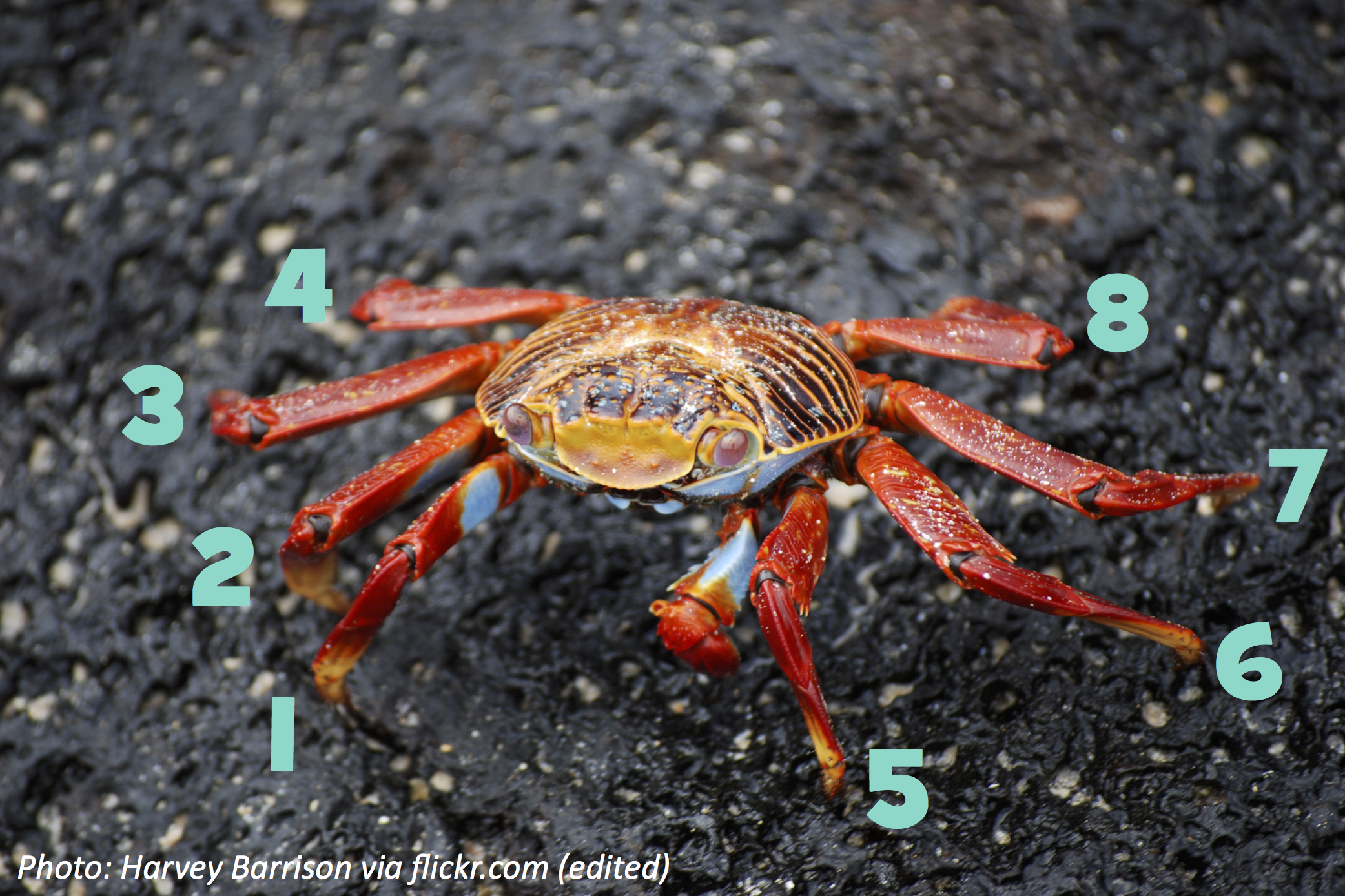We people are lucky we have only 2 feet to move. What’s it like to have 4 legs, or 6 or 8? If we number our feet 1 and 2, walking is just 1, 2, 1, 2. For a horse it’s trickier: with front left/right feet 1 and 2 and back left/right feet 3 and 4, a horse’s steps are 3, 1, 4, 2, then 3 again. An insect mixes it up even more: the front left, middle right and back left legs step together, then the other three legs step. So what does a crab or spider do? Let’s learn the dance steps!
Wee ones: Who has more legs, a horse with 4 or a ladybug with 6?
Little kids: If a horse’s steps are 3, 1, 4, 2, then 3 again to repeat, which foot takes the next step after that? See if you remember the pattern! Bonus: Which foot takes the 11th step?
Big kids: If a crab steps with all 8 legs before repeating the pattern, how many total steps has it taken when every leg has stepped twice? Bonus: In a video of a walking crab, the legs on the left side step in the order 1, 3, 2, 4. If the 4 right legs are numbered 5, 6, 7, 8 and follow the same order at the same time, which 2 legs together take the 30th step?
The sky’s the limit: If leg number 6 on the crab takes the 6th step, then the 14th step, then the 22nd, and so on, when will that 6th leg take a step again that ends in a 6? Which step will be the next one after that to end in a 6?
Answers:
Wee ones: The ladybug with 6 legs has more.
Little kids: Foot #1. Bonus: Foot #4.
Big kids: 16 steps. Bonus: Legs 3 and 7.
The sky’s the limit: The 46th step, then the 86th step. After the 6th step, we need to add a multiple of 8 that is also a multiple of 10, to keep a 6 in the final digit. 5 x 8 is the smallest multiple that works, adding 40 each time.



